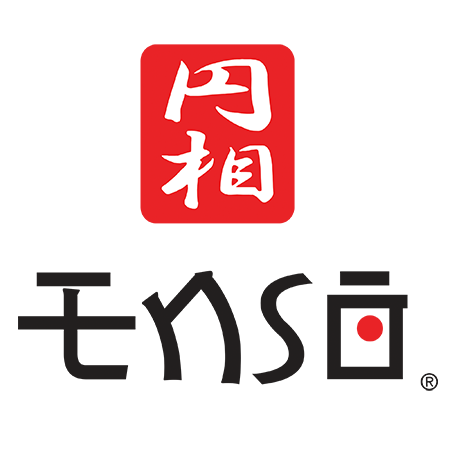What is inside a Japanese bento box?

What is bento?
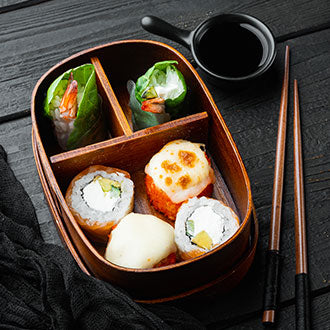
A bento, or obento, is a single-portion take-out or home-packed meal, often for lunch. The word ‘bento’ is derived from the Chinese term ‘Biandang’ meaning ‘convenience’ or ‘usefulness’.
Ready-made bento can be found in many places across Japan, from convenience stores, bento shops, railway stations, or big supermarkets and department stores.
But many Japanese home cooks usually spend their time to prepare bento lunches for their spouses and children, especially during their early school years. It is another way to show their love and care for their loved ones.
Where bento box came from?
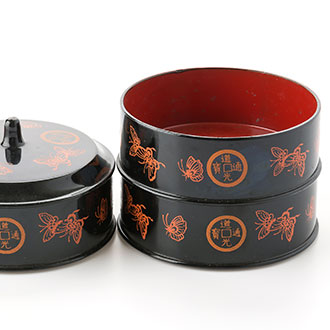
Bento box has been around for centuries, some scholars say it can date back to the 5th century. But the popularity of bento increased significantly during the 12th century after cooked-and-dried rice called ‘Hoshi-ii’ (literary translated as ‘dried meal’) was invented.
Hoshi-ii can be eaten as is or boiled with water to make cooked rice, it is easy to be stored in a small bag and carried to work. As bento boxes developed, people added other foods and their creativity to go along with the rice and now you can enjoy a countless variety of bento, which has become a symbol of Japanese food culture and ideals.
What is inside a Japanese bento box?
A traditional Japanese bento often contains a carb (rice or noodles) with a protein (typically fish or meat), and an assortment of pickled or cooked vegetables, to create a nutritionally balanced meal in one box. Bento filled with rice balls or rice stuffed with sushi is also popular.
Popular food inside a Japanese bento box:
- Rice – The staple ingredient of bento. The rice can be prepared in several ways, like hakumai (steamed white rice), genmai (brown rice), sekihan (rice cooked with red beans), zakkokumai (rice with mixed grains), or noriben (rice covered with a sheet of nori seaweed).
- Tamagoyaki – a sweet Japanese rolled omelette.
- Umeboshi – pickled Japanese plums.
- Green salads – seasonal vegetables and fruits.
- Potato or pasta salad.
- Pickled or cooked vegetables (pickled ginger, broccoli, carrots, bean sprouts, edamame, etc.)
- Agemono or deep-fried foods - Tempura, chicken karaage, croquettes, and fried fish cakes are the most popular.
- Tonkatsu - A breaded, deep-fried pork cutlet served with a Tonkatsu sauce.
- Grilled fish - Typically mackerel, salmon, or unagi (Japanese eel).
- Yakitori - A Japanese skewered chicken, served with a Yakitori sauce.
- Nimono - Slowly simmered fish, meat, or vegetables.
- Gyudon - Thinly shaved beef and onions simmered in savory-sweet dashi broth and served over steamed rice.
- Sushi – Typically raw seafood served on top of pressed rice ball.
-
Sushi Maki – A sushi roll that consist of fish, vegetables, rice and rolled up in seaweeds.

For traditional Japanese meals, each food is served individually on several small plates and a Japanese bento box has a similar system to arrange the food.
Each food type is organized neatly into the box, typically using small dividers or cups to separate each food or ingredients, especially those with strong flavors, to avoid them mixing or affecting the taste of overall meal. This also helps to slow the growth of bacteria, extending the shelf-life of the food and convenient to transport the bento boxes.
Bento boxes are mostly prepared to be eaten at room temperature or stored cold, but they can also be heated. The portions are bite-sized, and conveniently eaten easily using chopsticks.
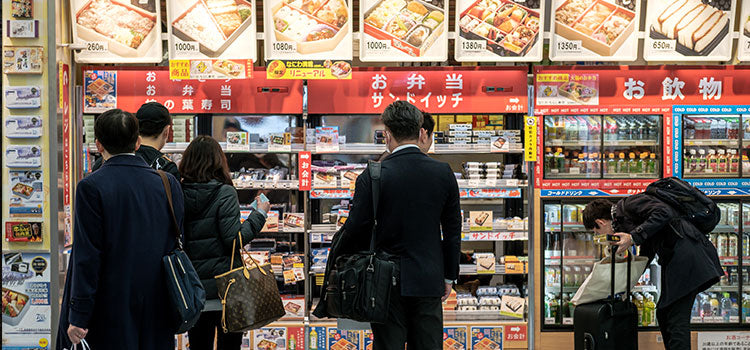
What are the main types of Japanese bento?
Bento boxes take on many sizes and forms. Here are some common variations:
- Marukonouchi Bento – this ready-made bento is prepared by a commercial caterer, often found in convenience stores and supermarkets. The box is usually divided into two sections, one side of the box contains a rice dish while the other is filled with a small side dish.
- Hinomaru Bento – The name translates as ‘circle of the sun’ refering to the Japanese flag and symbol of Japan. The pure Hinomaru bento contains only plain white rice with an umeboshi (pickled plum) in the center to signify the sun. But it is typically served with a meat or fish side dish. Aside from being patriotic, the plum also acts as a natural preservative to keep the meal fresh.
- Ekiben Bento - This type of lunchbox is sold at major train stations, including on the platform and onboard the train. The ekiben is a complete meal served in a plastic, wood, or ceramic box along with a set of disposable chopsticks. Many train stations have become famous for their ekiben made from local food specialties.
- Noriben - This simple bento contains only nori (seaweed) with shoyu soy sauce for dipping and is placed over cooked rice.
- Kyaraben – Kyaraben or character bento is usually designed and made for children. The rice and food are shaped and placed artistically to look like characters from popular anime, games or movies. Besides nutritious and delicious meals that their mothers carefully prepare, these cute characters help to encourage kids to eat foods they do not particularly enjoy.
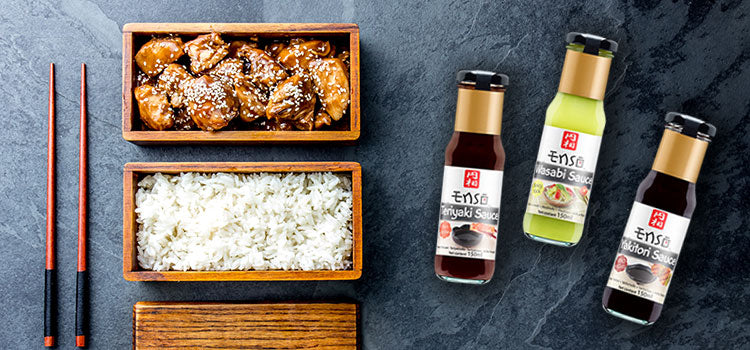
How to make your own bento lunch?
Making a bento box is not difficult and you can design and choose the food content freely. You can simply use California Rolls, some cooked rice grilled or simmered meat, or sushi and sashimi to spice up your meal. Or use your skills to craft an artistic food display, just like the Japanese, so you or your family can enjoy the meal more when open the box.
There is no specific pattern but a typical example of food ratio in the bento box is 4,3,2,1: Four for carb (rice or noodle). Three for protein (meat or fish). Two for vegetables; and one for tsukemono (Japanese pickled vegetables) or dessert.
To prepare a bento lunchbox, another important thing is to prevent food poisoning, especially during summer, when food spoil quicker in high temperature. Here are a few recommendations - Select high quality food-grade bento box that is leakproof, easy to wash and take care of. Make sure most of your food is fully cooked or heated (unless you make a sushi meal, but it should be avoided during Summer). Hot rice and an accompanying dish should be cooled down to room temperature before it is sealed. Trapped steam can lead to unwanted condensation and bacteria. Also, bento must be kept in a cool place with less moisture.
If you are looking for some ideas what to make for your bento, you can check our Japanese recipes here.
